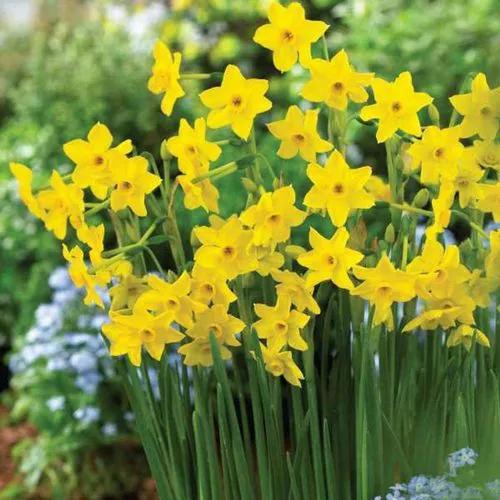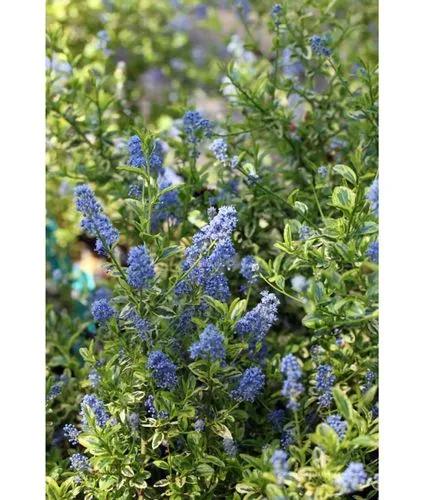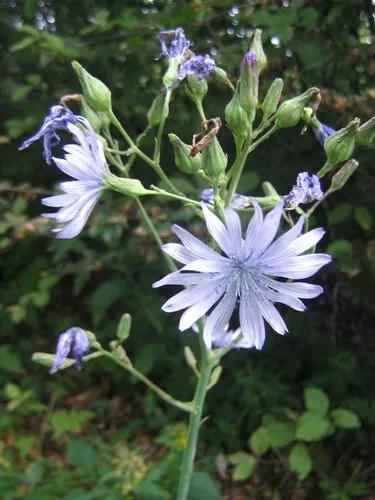Oncidium Sharry Baby is a cross between Oncidium Jamie Sutton (Oncidium sotoanum x Oncidium anthocrene) and Oncidium Honolulu (Oncidium leuchochilum x Oncidium altissimum). The Sharry Baby is also known as the chocolate orchid and not for its colors, but for its fragrance. This cross truly is an icon in the orchid world.The Sharry Baby is also known as the chocolate orchid and not for its colors, but for its fragrance. This cross truly is an icon in the orchid world. Oncidium Sharry Baby is a sympodial orchid consisting of pseudobulb, growing quite tightly to each other, in length reaching about 8-10 cm, and in width 5 cm, light green in color. The leaves are narrow, 15-25 cm long and 2-4 cm wide. Peduncles are straight, strongly branched, with a very large number of small (usually dark purple) flowers, up to 40 cm in length and appear at the base of the pseudobulb.
Oncidium Sharry Baby Care
Oncidium Sharry Baby



How to Care for the Plant

Water

Watering this hybrid is directly dependent on the temperature of the content, the higher it is, the more often it needs to be watered. Excess water during irrigation must flow out of the pot, as stagnation of water both inside the pot and in its pan can very quickly lead to rotting of the roots and the lower part of the plant. The damaged root system is not able to suck up water and transport it further into the plant, the leaves and pseudobulbs of orchids start to wither from lack of moisture and the plant slowly dies. Substratum between waterings should be well out. In other words, watering an orchid is necessary only when the substrate (in which it grows) is completely dry.

Fertilizer

Throughout the year, this hybrid is fertilized for every third watering in the usual concentration of fertilizer indicated on the package. At the beginning of the new growth period (vegetation), it is desirable to use fertilizer with a higher nitrogen content, and closer to the formation of pseudobulb - with a fertilizer with a higher phosphorus content. The plant feeding process is as follows - a necessary quantity of fertilizer is poured into a basin or a bucket with water and a pot of orchid is placed for 20-30 minutes.

Sunlight

Oncidium Sharry Baby loves the bright sun without access to direct sunlight, so during the hot afternoon sun on the windows of the southern orientation and the hot evening sun on the western windows, the orchid should be placed behind the curtain (for example, on the table near the window) or in the shade of other plants.

Soil

Oncidium Sharry Baby is grown in a substrate in ordinary plastic pots or without it, placed on blocks. A mixture of bark of coniferous trees with peat and a small fraction of sphagnum moss (10-15%) is best suited as a substrate. When growing orchids on blocks to prevent rapid drying of the root system of a plant, it is recommended to make a small layer of moss between it and the block. On top of the roots, you can also put live or dry sphagnum.

Temperature

This hybrid belongs to a moderate temperature regime, however, it can calmly adapt to both warmer and colder temperatures. Throughout the year it is recommended to keep the plants under the following conditions: Day temperature at 18-22 ° C (not higher than 32 ° C); Night temperature at 10-18 ° C. For successful cultivation at home, it is necessary that the night temperature always be 2-4 ° C lower than the daytime.

Popularity

83 people already have this plant 12 people have added this plant to their wishlists
Discover more plants with the list below
Popular articles






